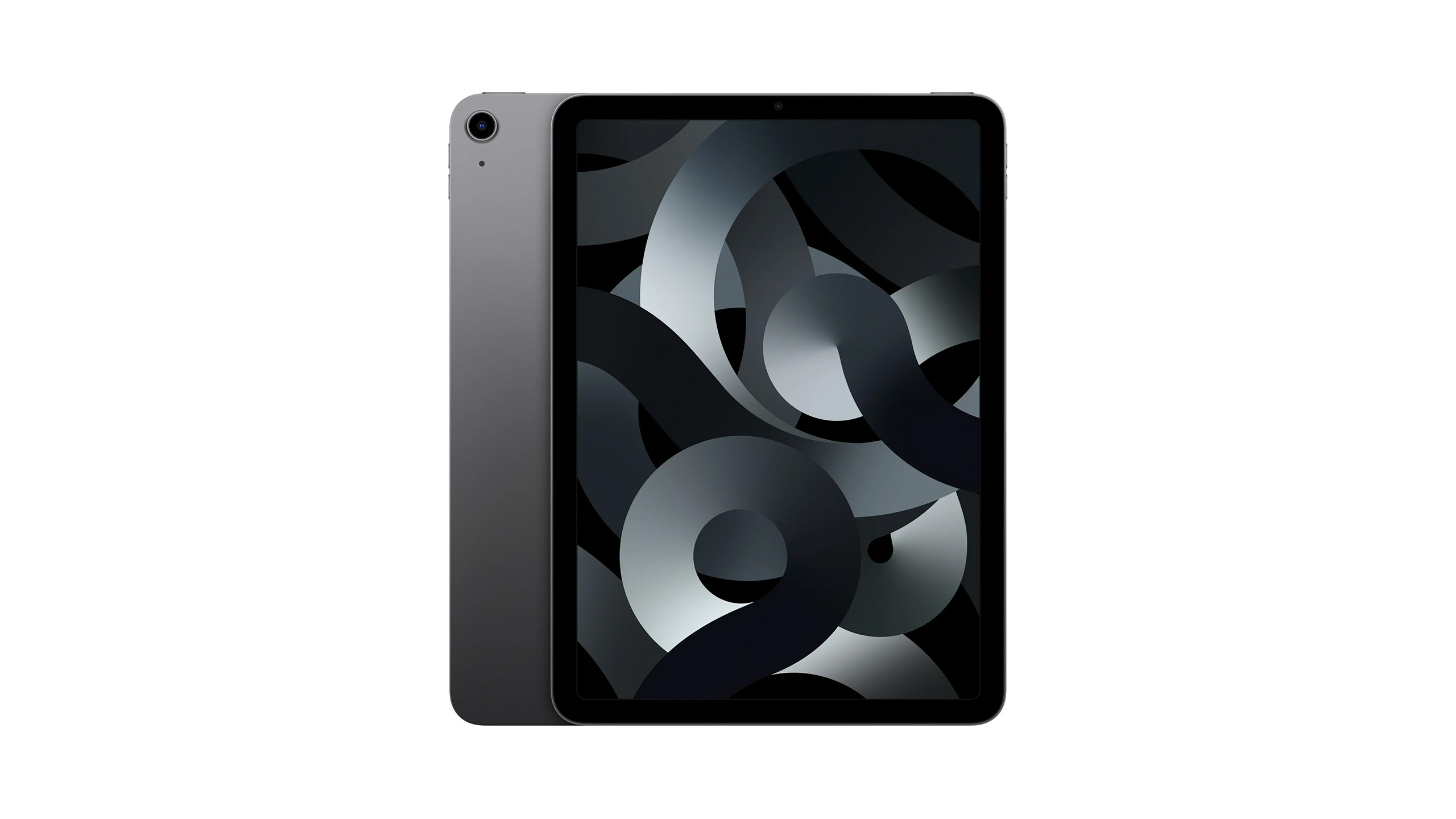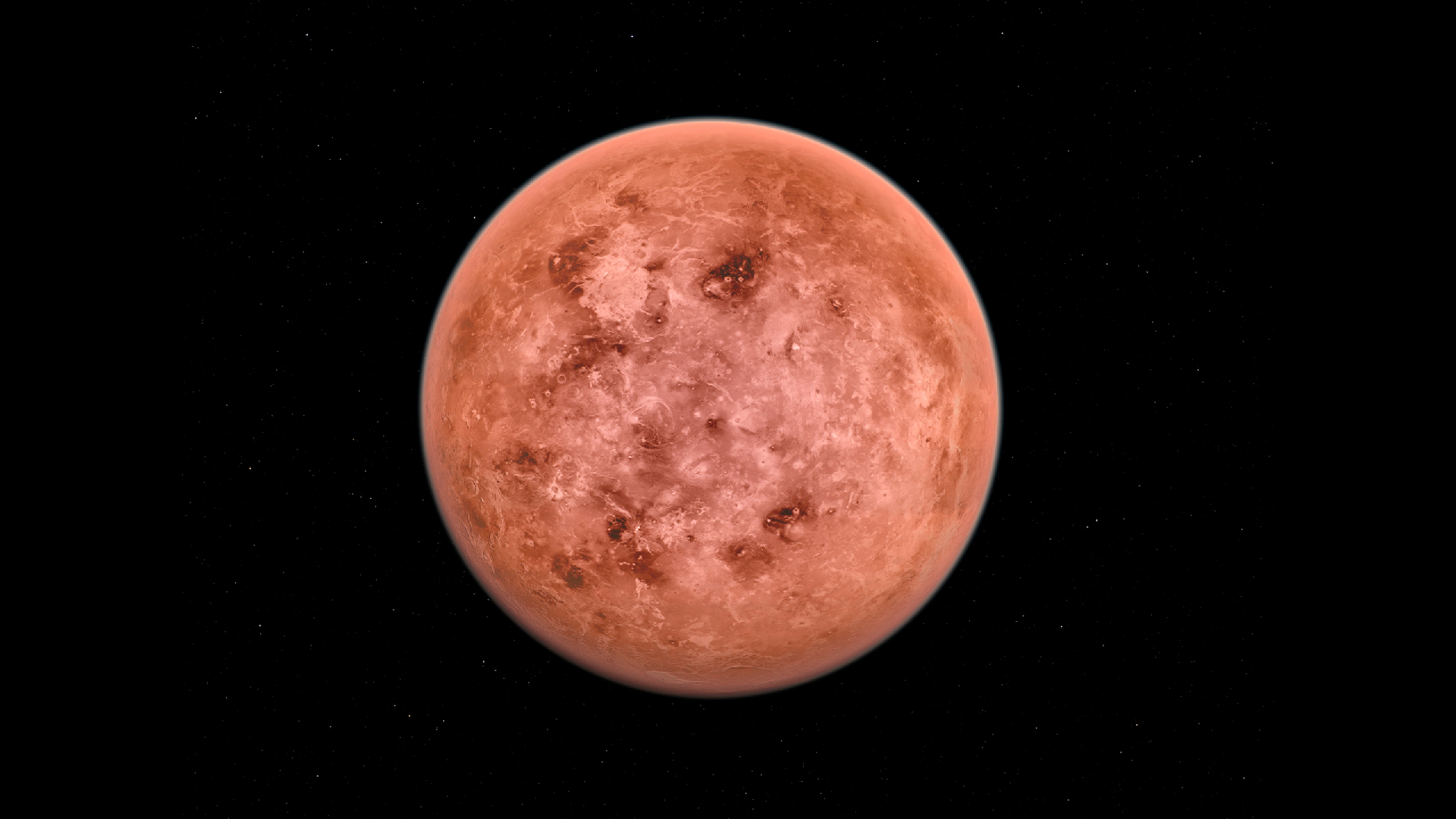Sustainability, Vol. 15, Pages 2712: Design and Modeling of Modified Interleaved Phase-Shifted Semi-Bridgeless Boost Converter for EV Battery Charging Applications
Sustainability doi: 10.3390/su15032712
Authors: Kanchana Kadirvel Raju Kannadasan Mohammed H. Alsharif Zong Woo Geem
Electric vehicles (EVs) are set to become one of the domestic transportation systems that are highly preferred over conventional vehicles. Due to the huge demand for and cost of fuel, many people are switching over to EVs. Companies such as Tesla, BMW, Audi, and Mercedes have started marketing EVs. These EVs need charging stations to charge the batteries. The challenges for EV batteries require the implementation of features such as fast charging, long-run utilization, reduced heat emission, a light weight, and a small size. However, fast charging using conventional converters generates an imbalance in current injection due to the passive component selection. In this study, a converter is proposed that uses an interleaved network that provides a balanced current injection; i.e., an improved interleaved phase-shifted semi-bridgeless boost converter (IIPSSBBC) is designed for EV battery charging applications. The suggested approach is mathematically designed using MATLAB/Simulink (2021) software. The result shows that the battery charging current achieves about 16.5 A, which is relatively more than conventional systems. Moreover, the charging time of the proposed converter is about 6 hrs for a 50 Ah battery with a discharge load capacity of 5000 W, which is relatively less than the conventional method. In a nutshell, compared with conventional converters, the IIPSSBBC performs better, and, notably, the charging speed and current injection are increased by two times the amount. Further, a prototype hardware model is developed to assess the performance of the proposed converter.

 1 year ago
26
1 year ago
26


